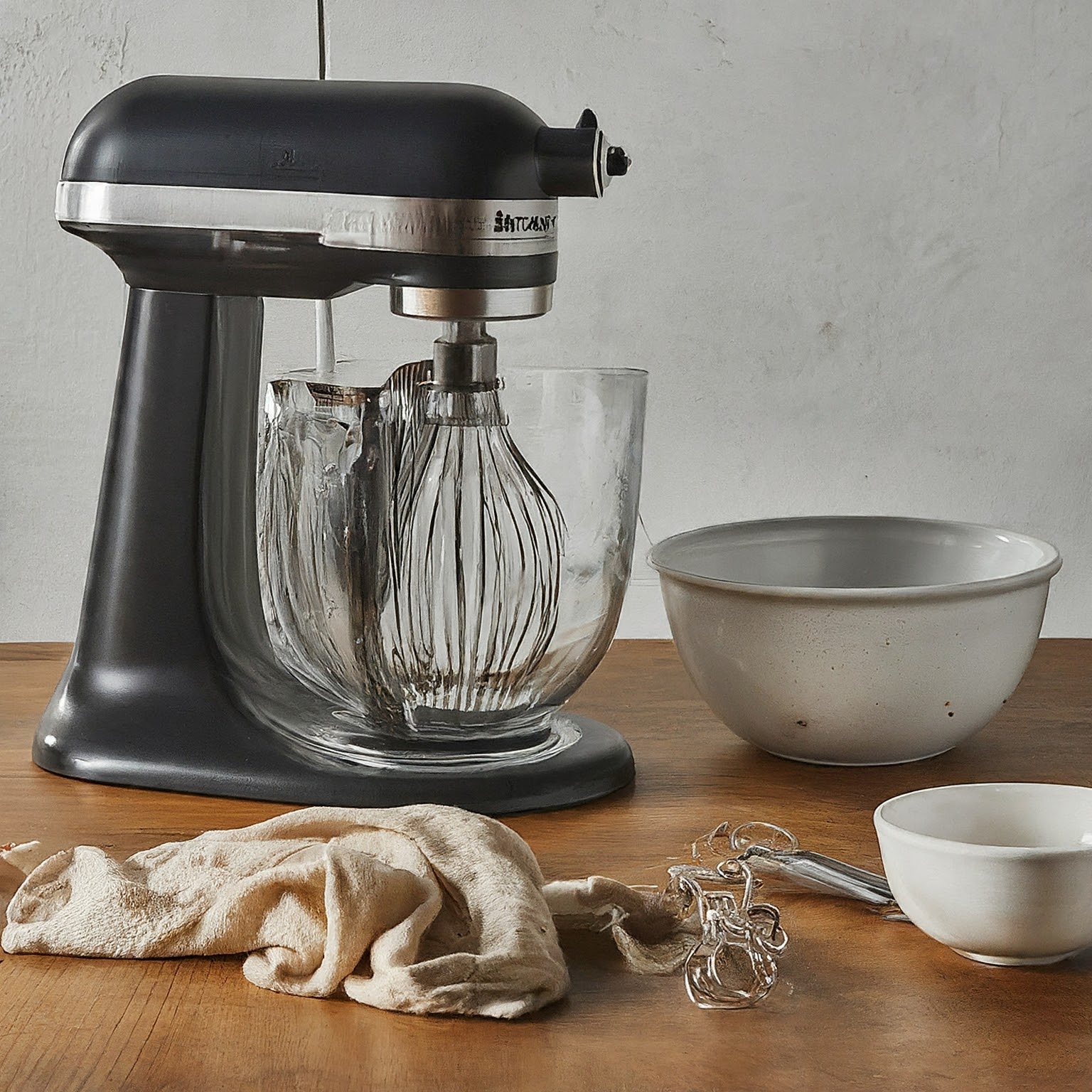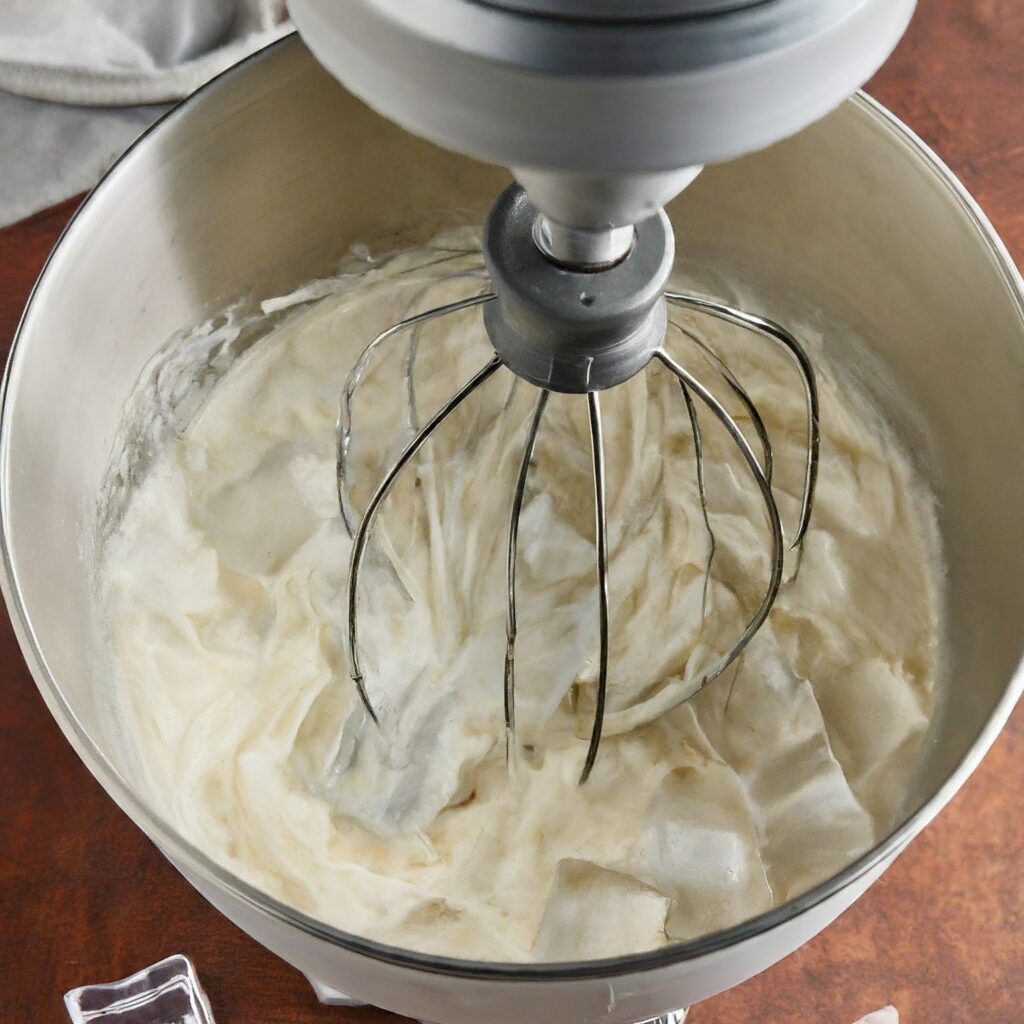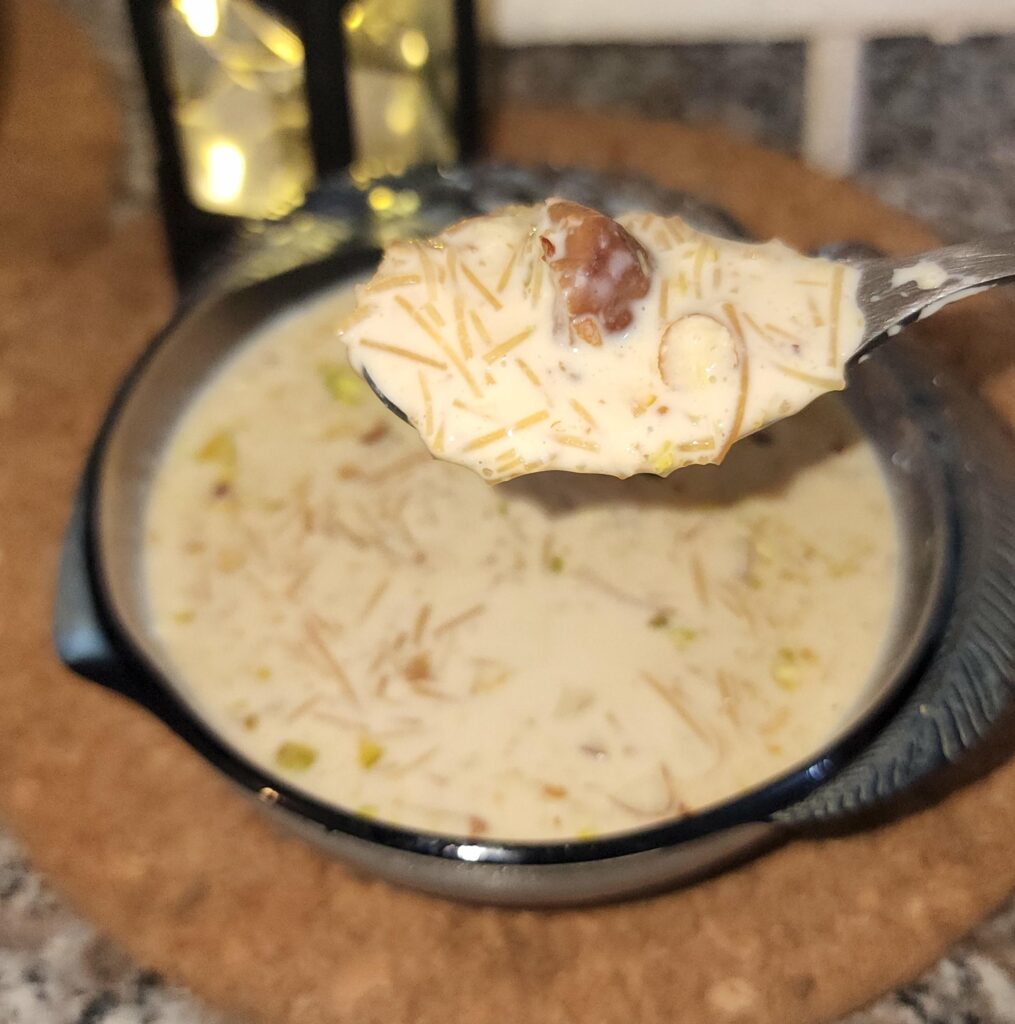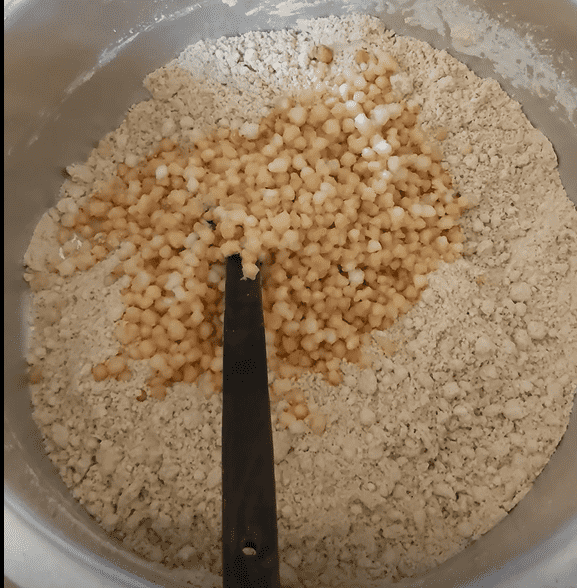Have you ever felt the frustration of a ruined batch of whipped cream? I know I have. But what if I told you that your culinary mishap could be transformed into a delicious treasure?
As a baker, I’ve always been a bit of a perfectionist. So, when my beloved Milac Gold whipping cream turned into a lumpy mess, I was devastated. It was like losing a trusted friend. Just as I was about to toss it in the trash, my mom suggested something that blew my mind: turning it into homemade butter. I was skeptical at first, but she insisted it was a simple process. And guess what? She was right!
Table of Contents
ToggleMaking your own homemade butter is easier than you might think. This simple guide will teach you how to make homemade butter from heavy cream using just a few basic ingredients and equipment. With a little patience and practice, you’ll be enjoying the rich, creamy taste of homemade butter in no time.
Let's dive into the surprising process of turning curdled cream into homemade butter.
Prepare Your Ingredients


Ingredients
- Cream (heavy/double/fresh/unsweetened whipping cream)
- Salt
- Ice water
Equipment
- Food processor or stand mixer with Whisk attachment
- Sieve
- Bowl






Instructions
Whip the cream:
Pour the cold heavy cream into your food processor or stand mixer. Whip at low speed until it starts to separate.
Add ice water:
Once the cream has thickened, you can add ice water to facilitate complete separation.
Strain the butter:
Pour the mixture through a sieve to separate the butter from the buttermilk.
Squeeze out excess buttermilk:
Squeeze the butter solids in your hands to remove any remaining buttermilk.
Add flavor:
Add salt or your favourite flavours to the soft butter.




Cooking Tips
Use cold cream:
Cold cream is essential for making butter.Be patient:
The process of churning butter can take time. Don’t rush it.Squeeze out all the buttermilk:
Removing all the buttermilk is essential for a creamy texture.Experiment with flavours:
Try adding herbs, spices, or honey for a unique twist.Store properly:
Store homemade butter in an airtight container in the fridge for up to 6 weeks.

While making homemade butter, don’t discard the magical liquid you are leftover with! This tangy and flavorful liquid can be used in a variety of recipes. Known as Buttermilk is more than just a byproduct. Whether you’re baking, marinating, or making smoothies, buttermilk can be a versatile addition to your kitchen. So, the next time you make your own butter, consider incorporating the leftover buttermilk into your culinary creations. Check below on Tips on how to use buttermilk.
Buttermilk: A Versatile Ingredient
Buttermilk, a byproduct of butter making, is a tangy and flavorful ingredient that can be used in various recipes. Here are some tips on how to use leftover buttermilk:
- Baking: Buttermilk adds a tender and moist texture to baked goods like cakes, muffins, and biscuits. It reacts with baking soda or baking powder to create a light and fluffy texture.
- Pancakes and Waffles: Buttermilk is a classic ingredient for making pancakes and waffles. It adds a tangy flavor and helps to create a light and fluffy texture.
- Marinades: Buttermilk can be used as a marinade for chicken, pork, or fish. It helps to tenderize the meat and adds a tangy flavor.
- Smoothies: Buttermilk can be added to smoothies for a protein boost and a tangy flavor.
- Salad Dressings: Buttermilk can be used as a base for creamy salad dressings.
- Pickling: Buttermilk can be used to pickle vegetables like cucumbers or onions.
- Dough making: Instead of using water or milk, you can use buttermilk to make the by product more softer and rich, for example, pizza dough, roti dough, tandoori naan or roti or whether making simple homemade breads and buns or pav.
If you have a lot of leftover buttermilk, you can also freeze it for later use. Simply pour it into an airtight container and freeze for up to 3 months. Thaw the buttermilk overnight in the refrigerator before using it.

Alternatives for Flavoring Homemade Butter
While you can flavour your homemade butter with salt alone, there are countless other options to enhance its taste. Here are some popular alternatives:
- Herbs: Basil, fresh garlic, parsley, dill, coriander leaves, chives, and thyme are all great choices for adding a fresh, herbaceous flavour.
- Spices: Garlic powder, onion powder, paprika, cayenne pepper, and cumin can add a spicy kick to your butter.
- Sweeteners: Honey, maple syrup, or brown sugar can add a touch of sweetness.
- Citrus: Lemon zest, orange zest, or lime zest can add a bright, citrusy flavour.
To flavour your homemade butter, simply combine your chosen ingredients with softened butter. You can use a fork or a mixer to blend the ingredients.

Conclusion
Making your homemade butter is a rewarding experience that allows you to enjoy fresh, flavorful butter whenever you desire. By following these simple steps and experimenting with different flavours, you can create a variety of delicious butter spreads to enhance your culinary creations.










